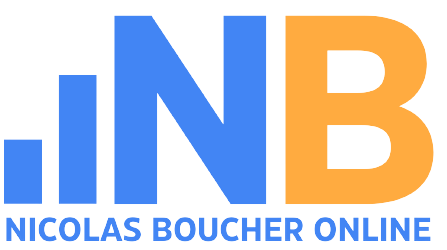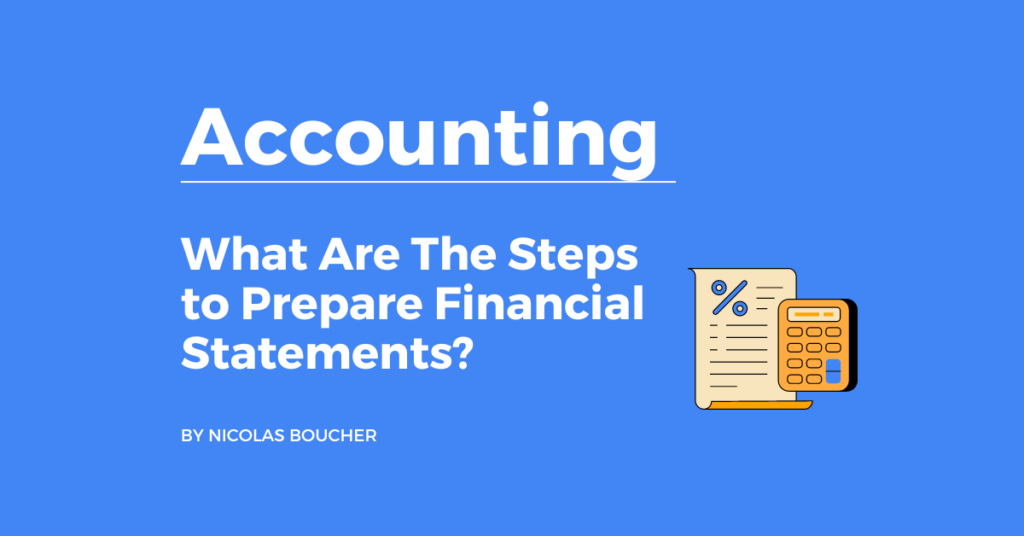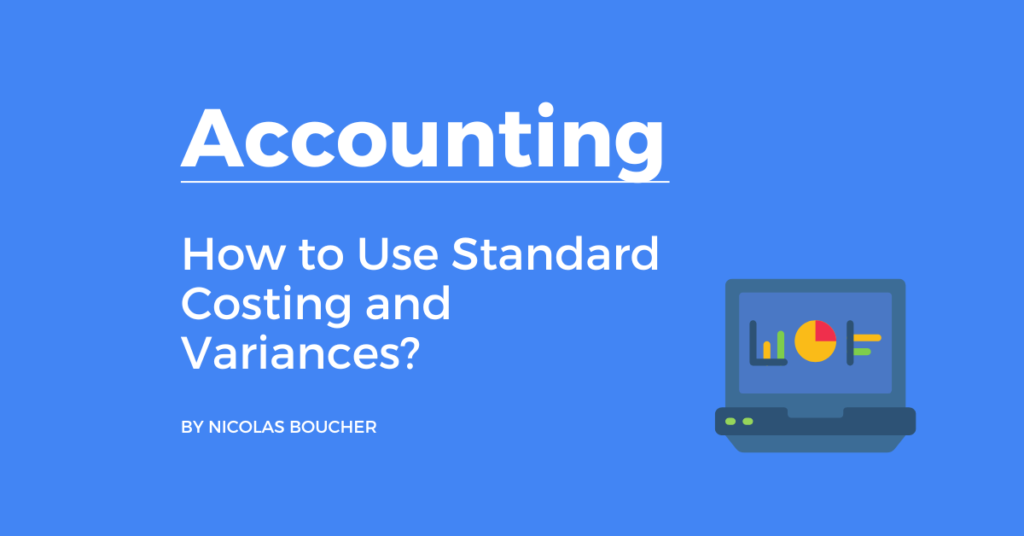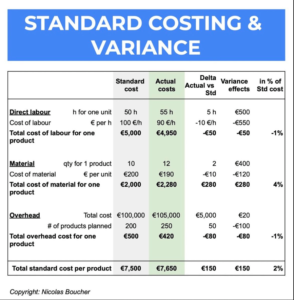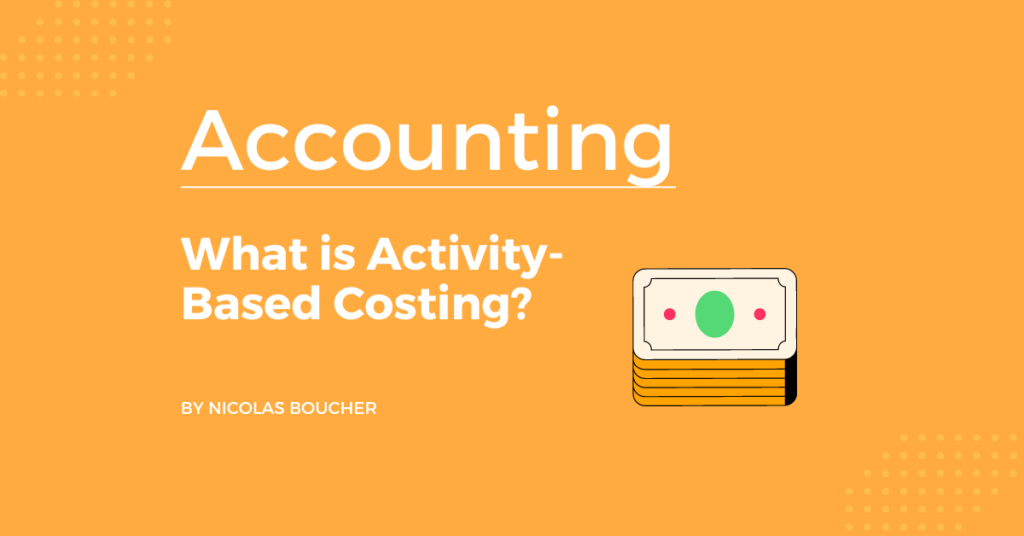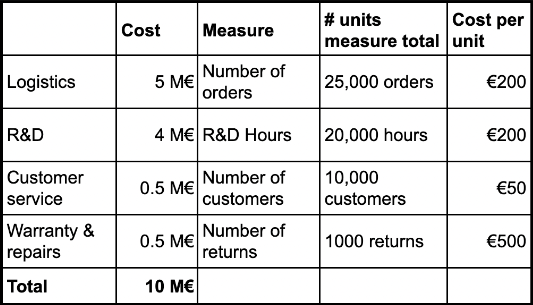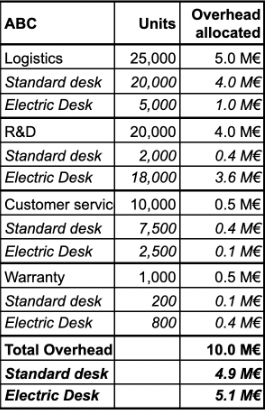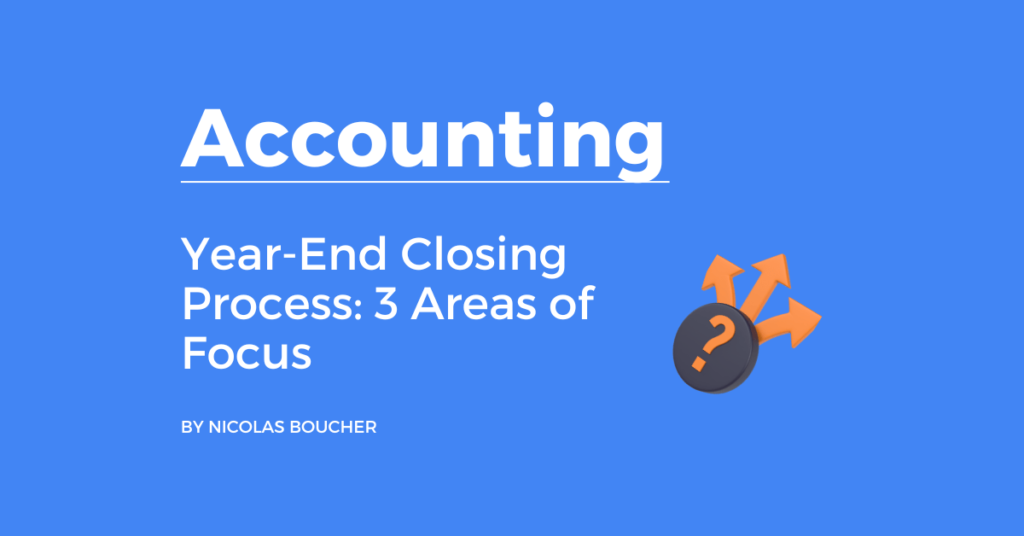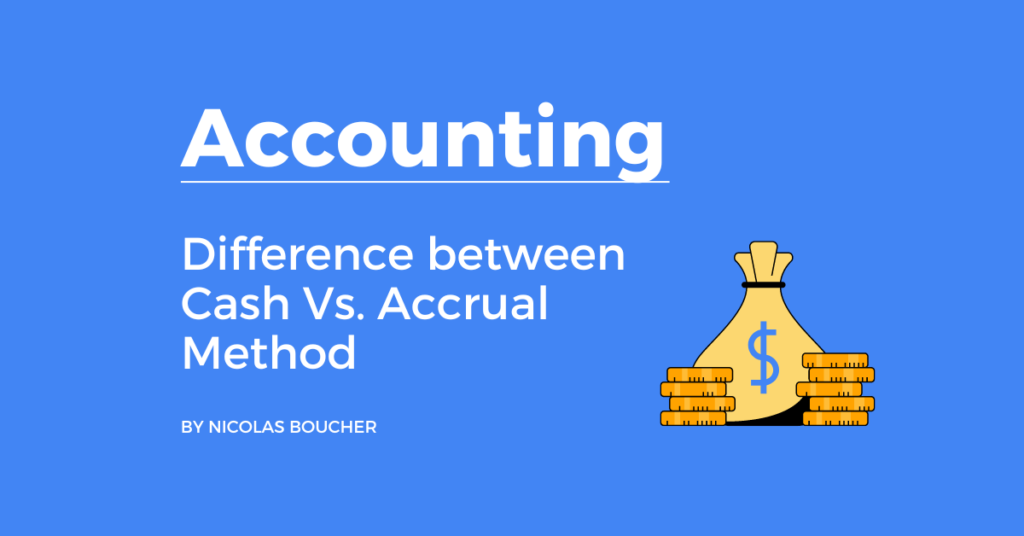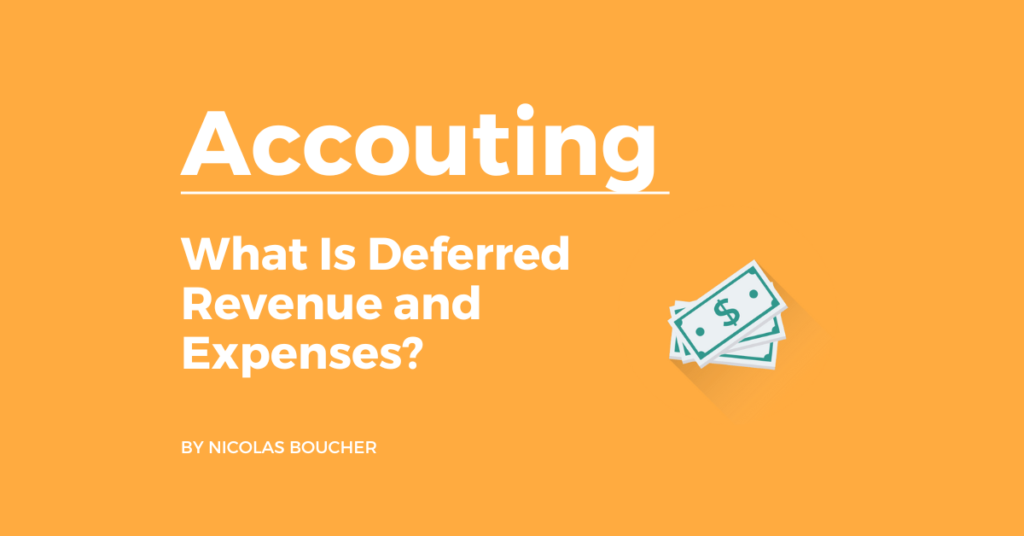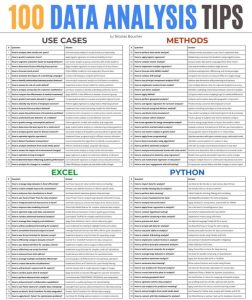Combining accounting data into a standardized set of financials is part of the process of creating financial statements. Subsequently, you send the statements to management, creditors, borrowers, and investors, who use them to assess the company’s performance, liquidity, and cash flows.
The steps below are part of the process of creating financial statements.
What Are Financial Statements?
Financial statements are a set of summaries of information regarding the cash flows, financial status, and financial outcomes of an organization. They consist of the cash flow statement, balance sheet, and income statement. To guarantee accuracy and for tax, financing, or investment purposes, financial statements are frequently audited by government entities, accountants, corporations, etc.
The Most Important Financial Statements
The three most common and significant statements are the balance sheet, income statement, and statement of cash flows.
- Balance sheet – It is a summary of a company’s assets, liabilities, and shareholder’s equity at a specific time. You may find out when the snapshot was taken by looking at the date at the top of the balance sheet, which is often the conclusion of the reporting period.
- The income statement – In contrast to the balance sheet, the income statement covers a period of time, often a year for yearly statements and a quarter for quarterly financial statements. An income statement is a summary of sales, costs, net income, and profits per share.
- The cash flow statement – CFS measures how effectively a business earns cash to cover debt payments, operational costs, and investments. The cash flow statement enhances the balance sheet and income statement.
What Are The Benefits?
Here are the benefits of the financial statements.
- To assess a company’s capacity for producing cash as well as the sources and use of that cash.
- To establish if a company has the ability to pay down its obligations.
- To monitor financial outcomes over time in order to identify any potential problems with profitability.
- To calculate ratios from the financial statements that you can use to assess the state of the company.
- Furthermore, to look into specific commercial transactions that are present in the disclosures that go along with the statements.
- To serve as the foundation for an annual report that is sent to the business’s shareholders and the wider financial community.
Steps in Creating Financial Statements
- Collect financial information: Gather all documents, including bank statements, invoices, tax returns, and balance sheets.
- Analyze the data: Review the financial data to determine trends, patterns, and any potential areas of concern.
- Prepare the statement of financial position: Create a statement of financial position, also known as a balance sheet. It shows the company’s assets, liabilities, and equity.
- Prepare the statement of income and expenses: Create a statement of income and expenses, also known as an income statement. It shows the company’s revenues and expenses over a period of time.
- Prepare the statement of cash flows: Create a statement of cash flows that shows the company’s cash inflows and outflows over a period of time.
- Prepare the statement of changes in equity: Create a statement of changes in equity, which shows the changes in the company’s equity over a period of time.
- Present the financial statements: Present the statements in a format that is easily understandable to the user.
- Analyze and interpret the financial statements: Review and analyze the statements to identify any potential areas of concern and make any necessary adjustments.
- Prepare the notes to the financial statements: Create a set of notes to the statements. It will explain any assumptions, methods, and policies used in preparing the statements.
Conclusion
Ultimately, The key to an external assessment of a firm’s performance is its financial statements. The income statement provides information on a firm’s profitability. At the same time, the balance sheet provides information on the liquidity and solvency of the organization. By keeping track of the sources and uses of cash, a statement of cash flow links these two together. As a result, these, taken as a whole, show how a business is doing over time and in comparison to its rivals.
If you want to receive more finance tips like this, feel free to sign up for my newsletter. If you subscribe, every two weeks, you will receive an email from where I share best practices, career advice, templates, and insights for Finance Professionals.
Key Takeaways
- Financial statements summarize financial data for assessment.
- Key statements are the balance sheet, income statement, and statement of cash flows.
- Financial statements provide insights into performance, liquidity, and solvency.
- The statements are crucial for decision-making, assessments, and comparisons.
FAQ
1. What are financial statements and why are they important?
- Financial statements are standardized summaries of an organization’s financial data, including cash flows, financial status, and outcomes. They are crucial for assessing a company’s performance, liquidity, and cash flows.
2. What are the key financial statements?
- The key financial statements are the balance sheet, income statement, and statement of cash flows.
3. What information does each financial statement provide?
- The balance sheet provides a snapshot of a company’s assets, liabilities, and shareholders’ equity.
- The income statement summarizes sales, costs, net income, and profits over a period.
- The statement of cash flows measures cash earned and used for debts, operations, and investments.
4. Why are financial statements beneficial?
- They offer benefits such as assessing cash generation, and obligations, monitoring performance, calculating ratios, analyzing transactions, and serving as a foundation for reports.
5. What are the steps in creating them?
- The steps include collecting financial data, analyzing trends, preparing statements (balance sheet, income statement, cash flow), presenting, analyzing, adjusting, and adding explanatory notes.

